Post by Annabella (Bella) Showerman, undergraduate Psychology major and interdisciplinary neuroscience minor at Portland State University.
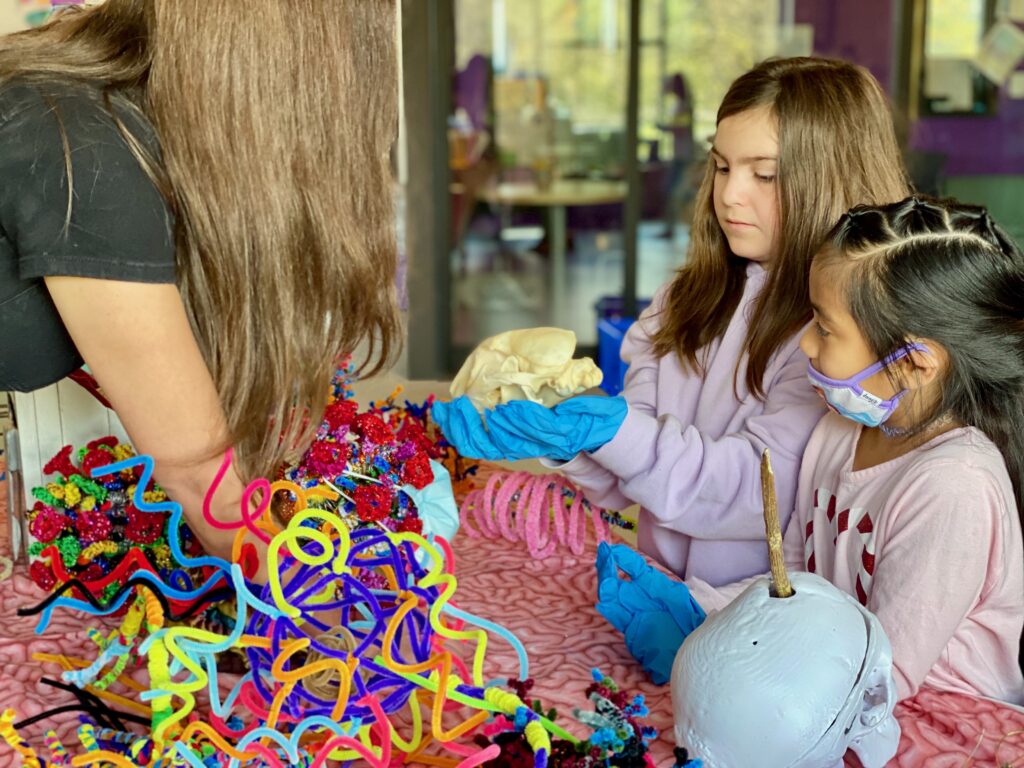
Many who aspire to study the brain are fascinated with what makes us who we are and why we do the things that we do.
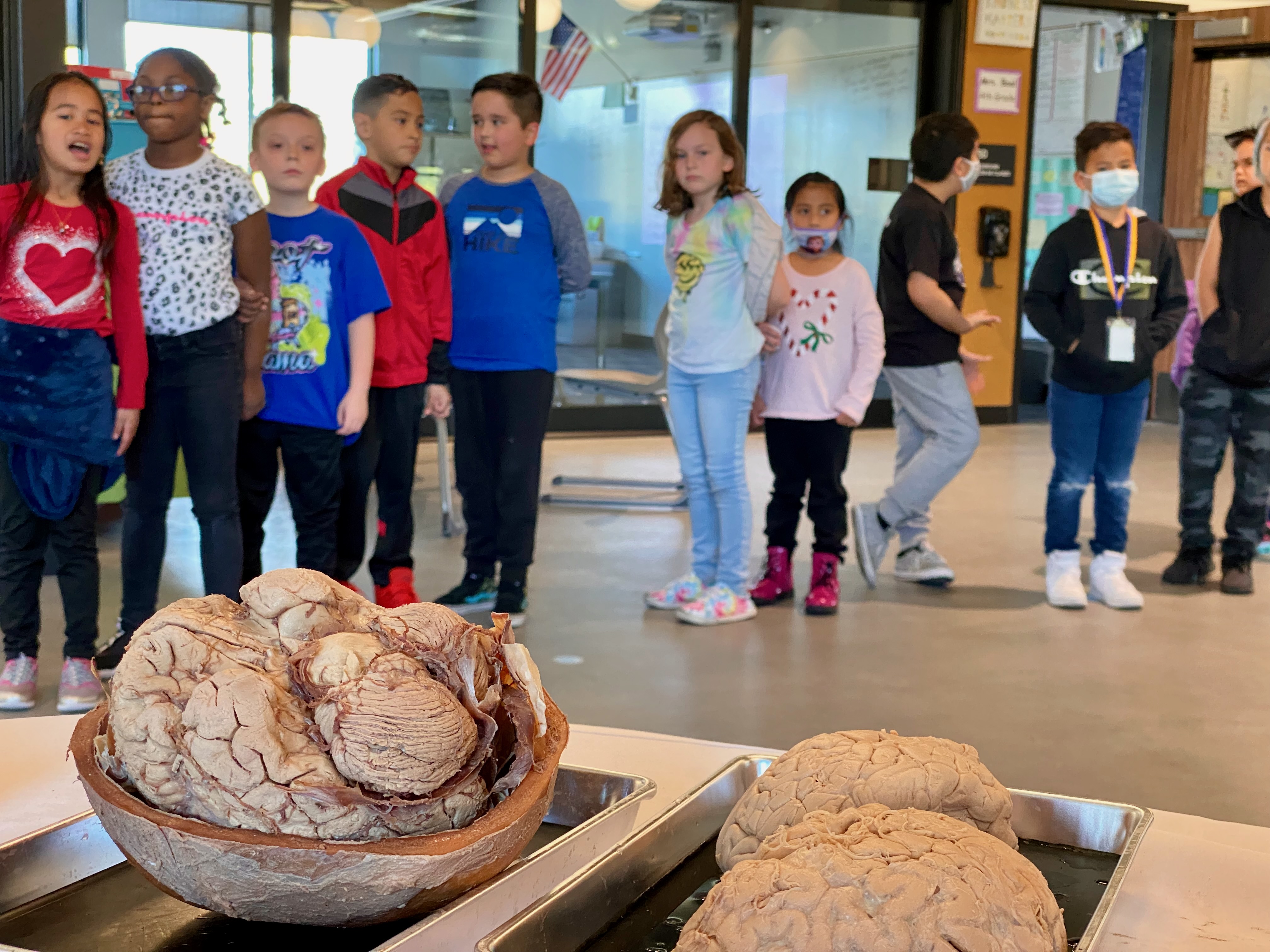
I have always been drawn to neuroscience for this very reason – an overwhelming desire to pursue, explore and understand the answers to life’s fundamental questions. And I have to say, there is perhaps no better way to approach these questions than through the creativity and unique engagement offered by a room full of insightful elementary school students.
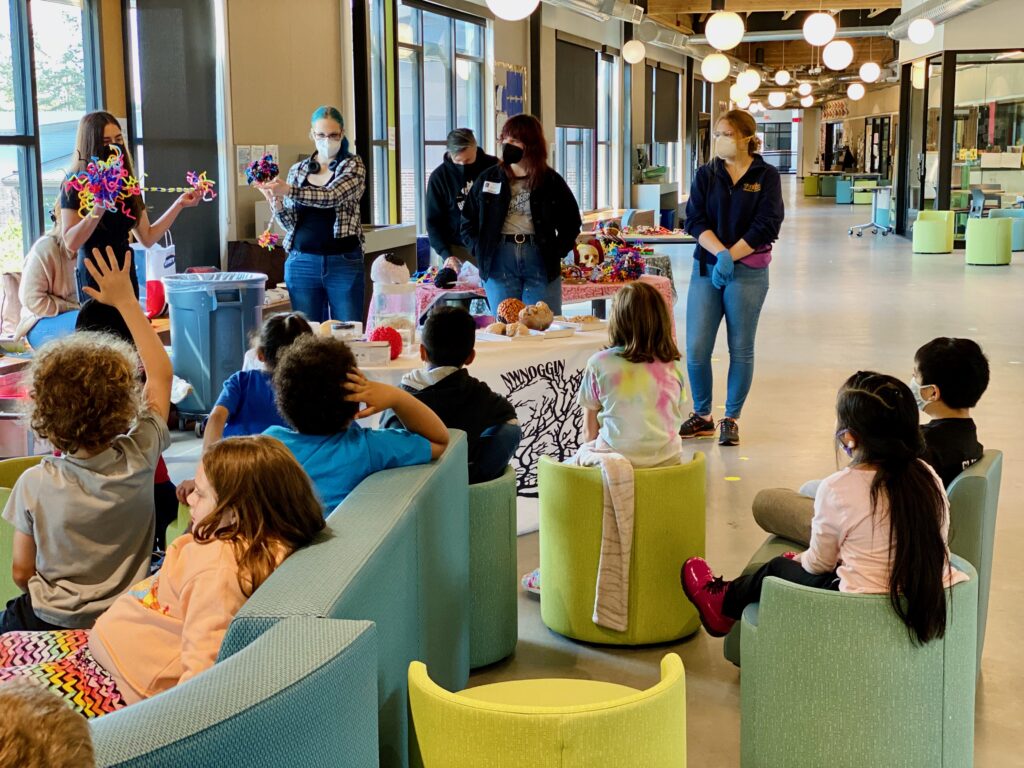
“What is my brain made of?” “Where does a neuron come from?” “What happens if a neuron breaks?” “What happens to my brain when I sleep?” Why do I dream?” “Is my brain changing right now while I’m learning?” “How do our brains remember things?”
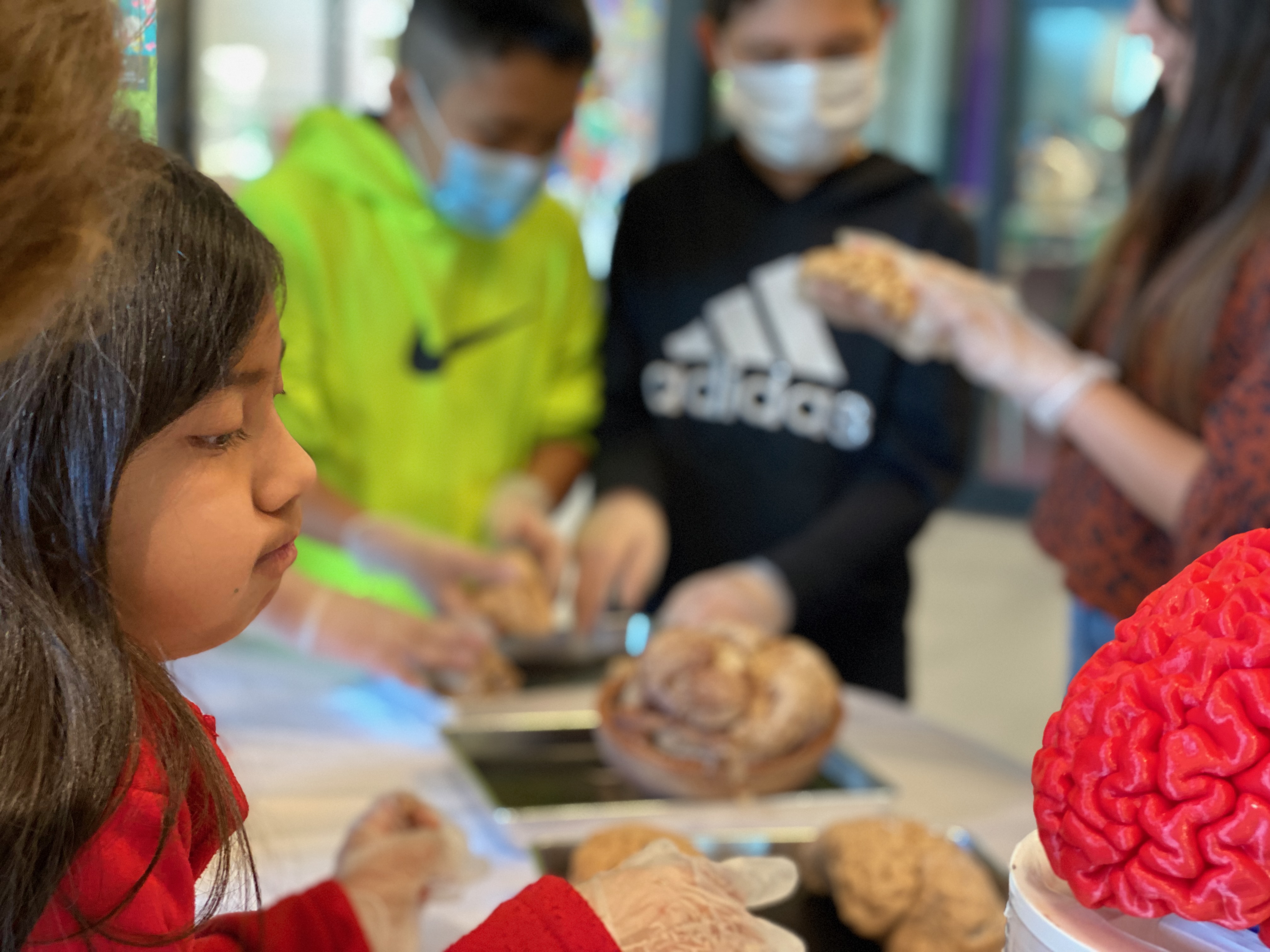
MORE STUDENT QUESTIONS FROM MLK: Enamored by Neuroscience
These are just a few examples of the wonderfully astute questions students asked the NW Noggin outreach team during our volunteer visit to Martin Luther King Elementary School in Vancouver.
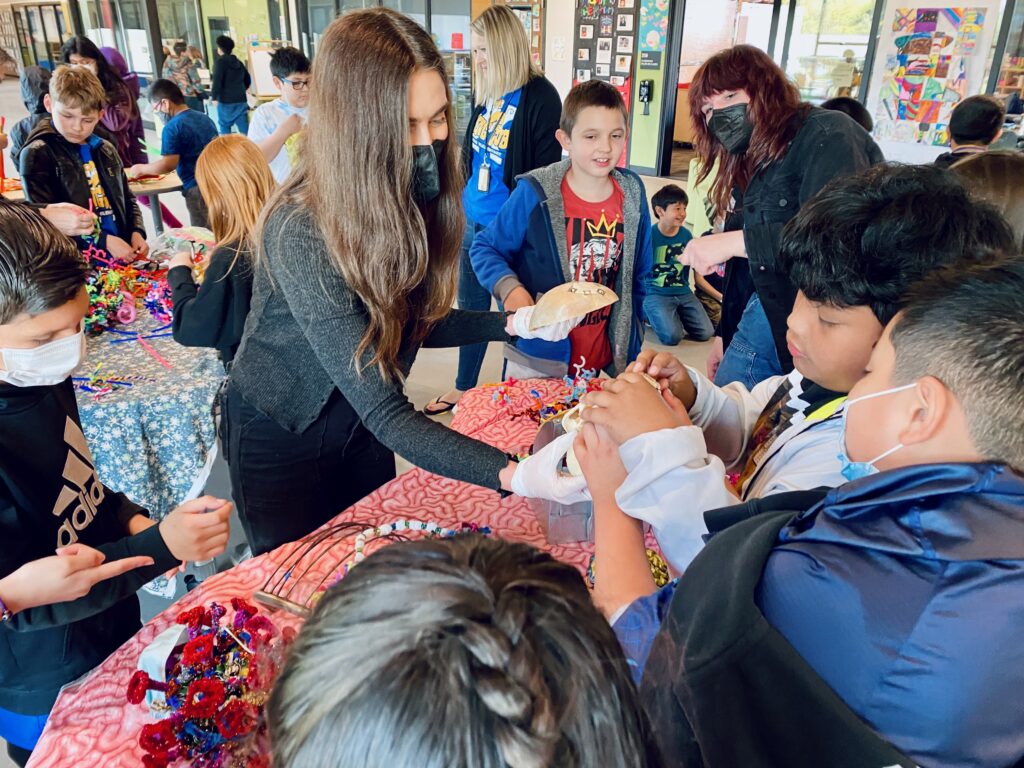
Beyond exploring the answers to life’s fundamental questions with us, the students also spent the day examining and holding real human brains with true wonder and amazement, enthusiastically admiring human and animal skulls, and learning the parts of a neuron through art by building vibrantly colored pipe cleaner models that they absolutely could not wait to take home to their parents!
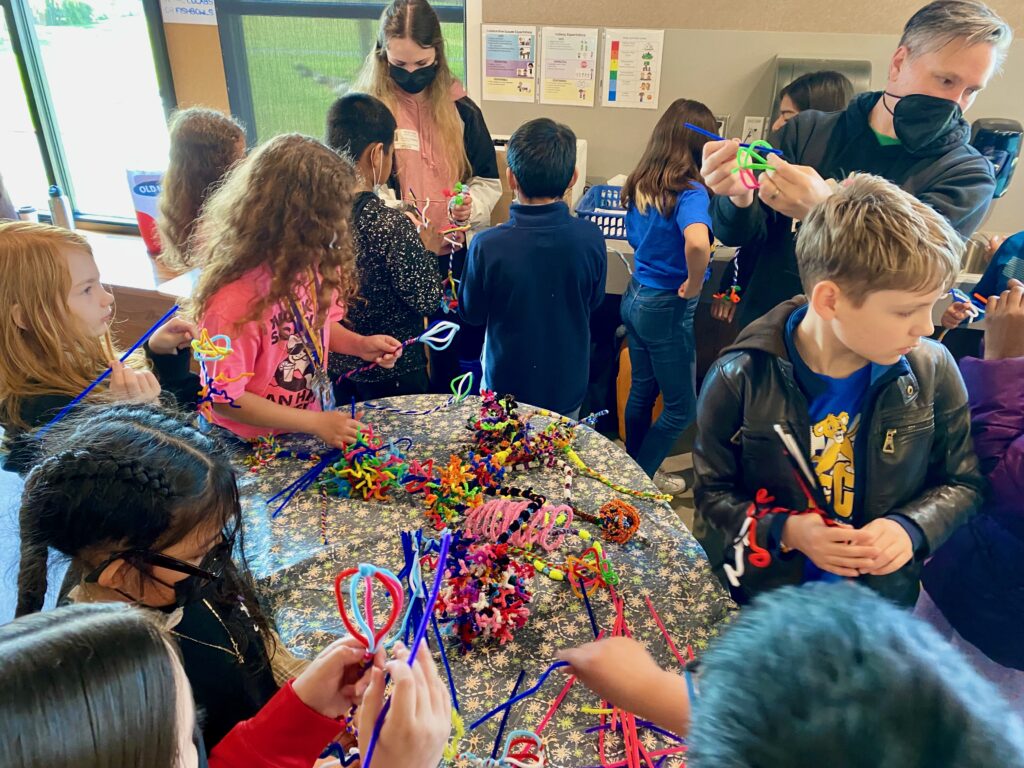
MAKE YOUR OWN BRAIN CELLS: NW Noggin STEAM Art Projects
They were truly on the edge of their seats when learning the story of the infamous Phineas Gage and his accident that revolutionized the study of the brain. The looks of awe and astonishment in reaction to the opportunity to see and hold a real human brain made it pretty clear that they’ll never forget this experience, and I certainly won’t forget it either!
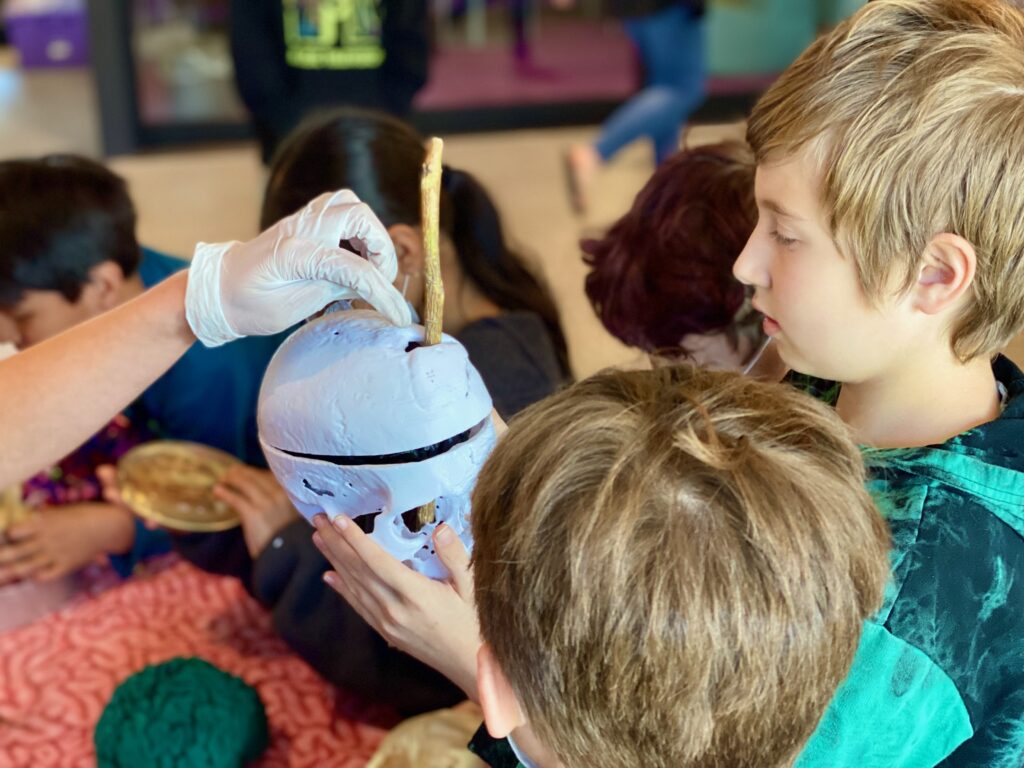
LEARN MORE: Franklin and Phineas Gage
LEARN MORE: Phineas Gage’s great legacy
I shared the same awestruck and humbled amazement by being in such close proximity to real human brains, an experience that has long been a dream of mine.
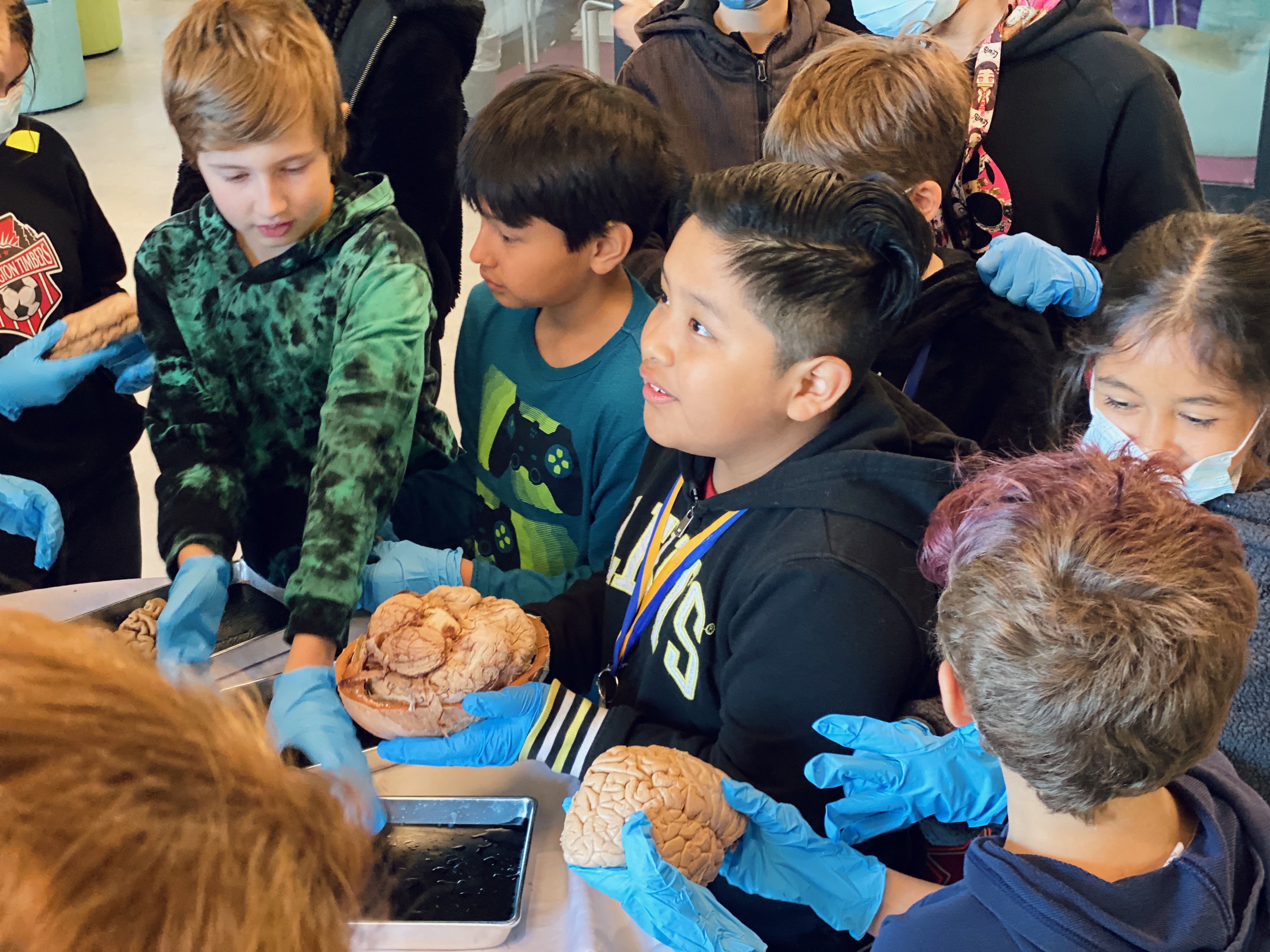
This was the very first NW Noggin event that I’ve had the opportunity to participate in, and it won’t be the last. It was an incredibly enriching experience! So much was gained through the unique and remarkable perspectives offered by the developing brains of these students.

Not only did I walk away with hope about the brilliant future scientists of our world, I walked away with a deepened understanding of the brain and the material I have been studying, all thanks to the curiosity and enthusiasm of the students of Martin Luther King Jr. Elementary School.
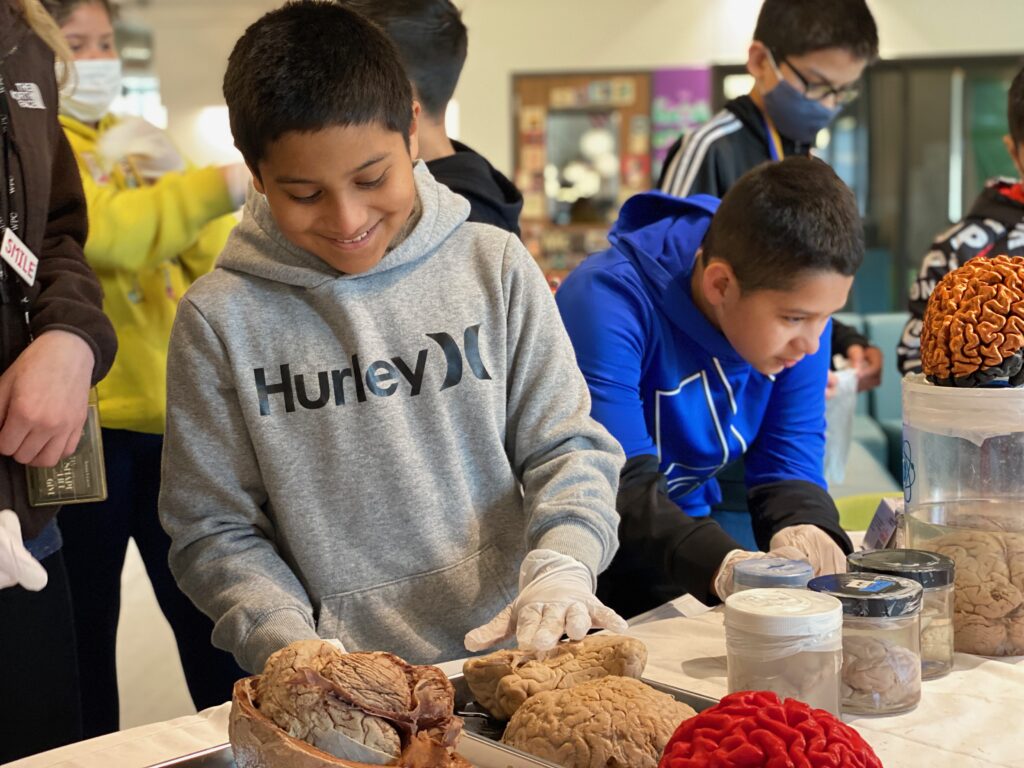
As they say, “the best way to learn is to teach” and I am truly grateful for the opportunity to engage in neuroscience and strengthen my understanding in such a special and powerful way.
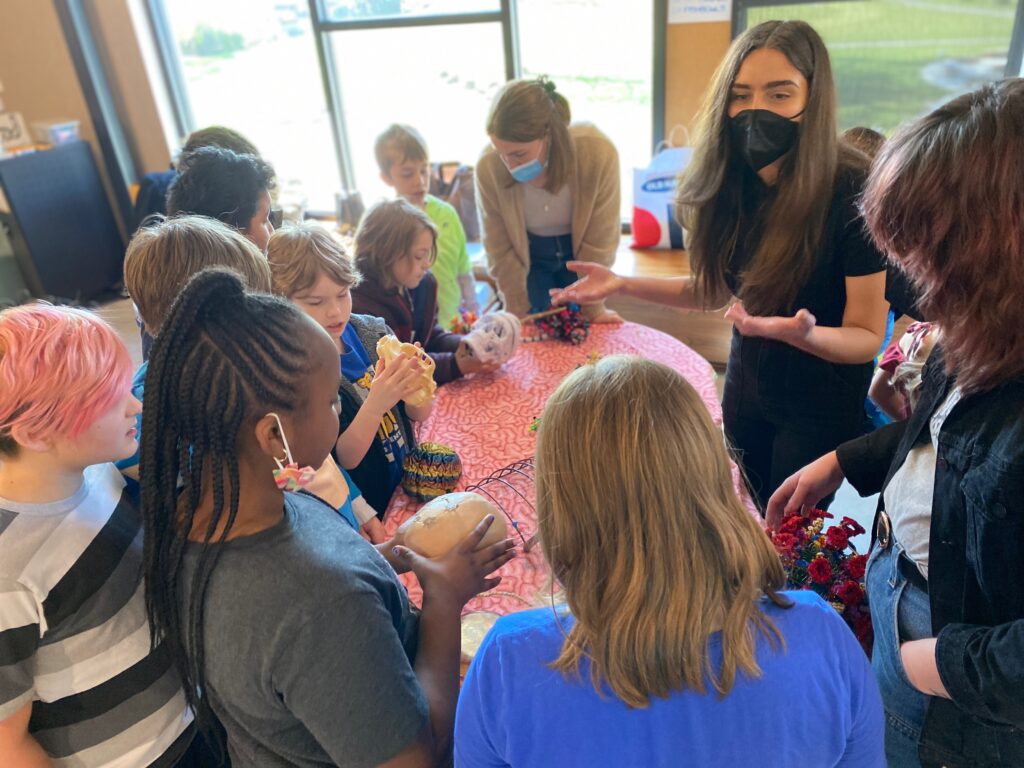
Thank you to both NW Noggin & to the students of Martin Luther King Elementary School!


